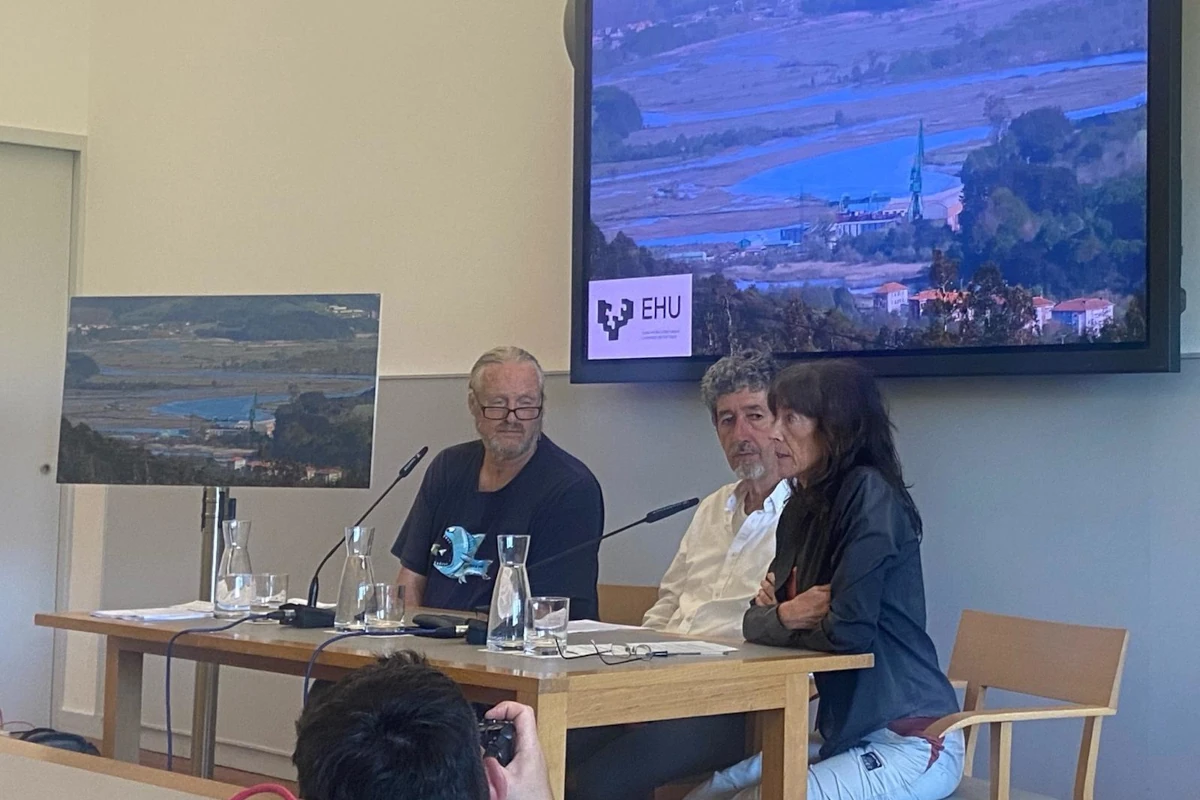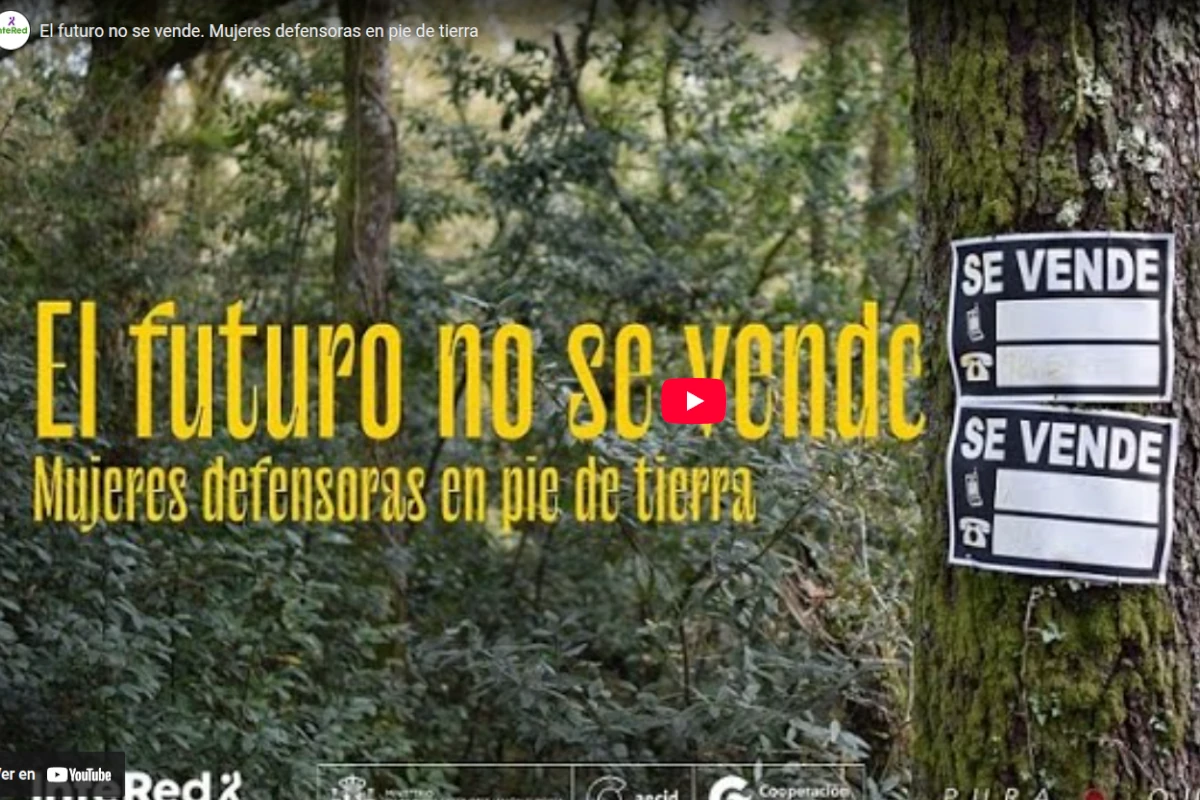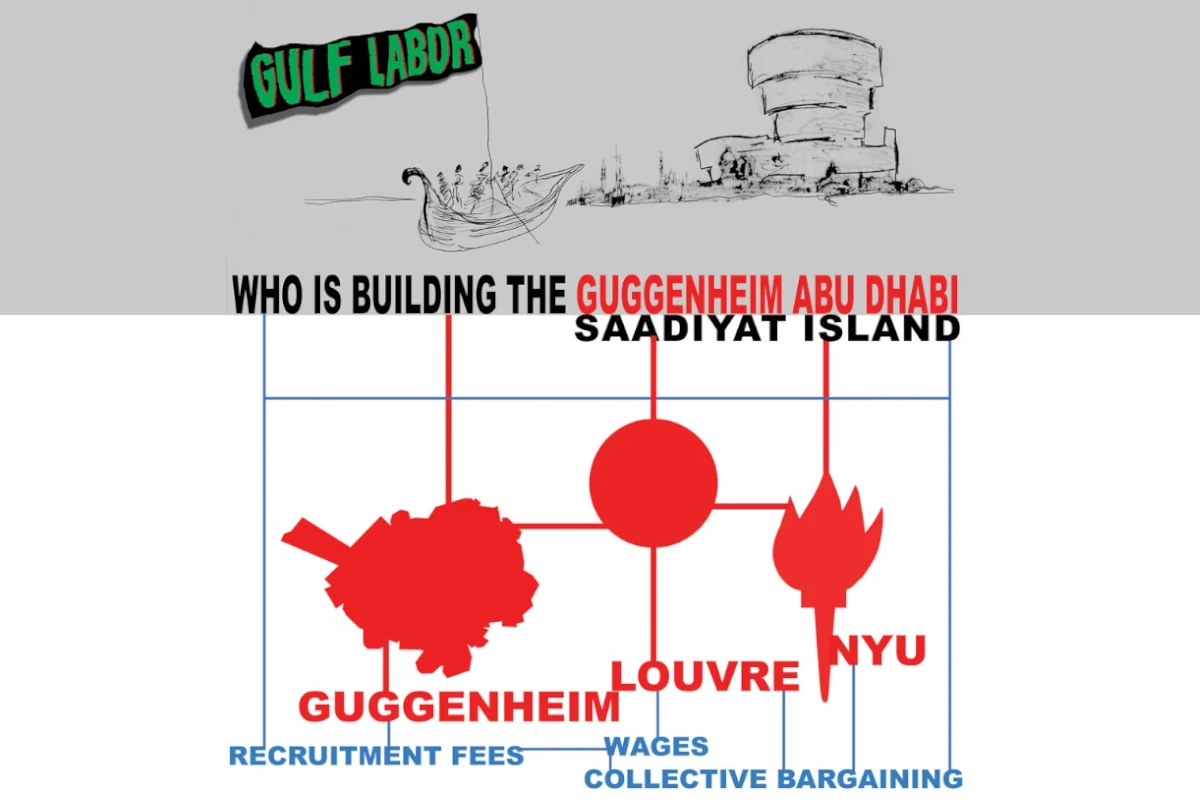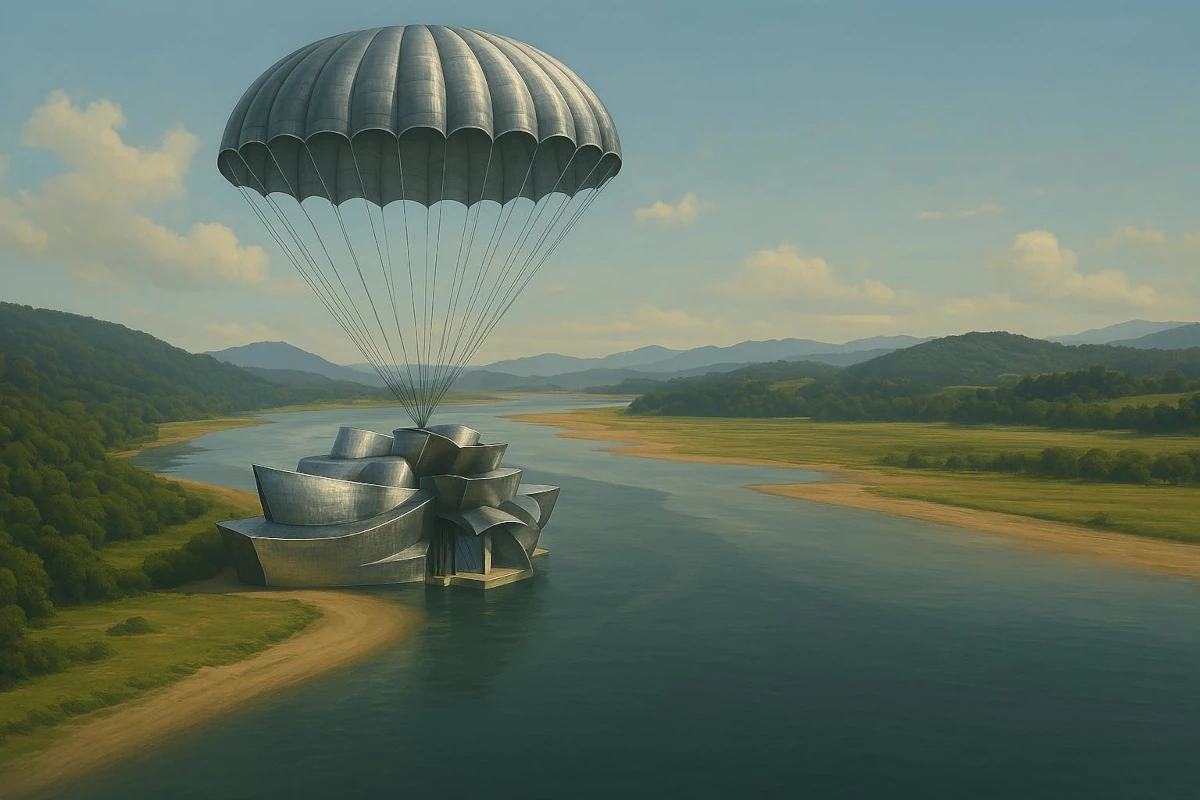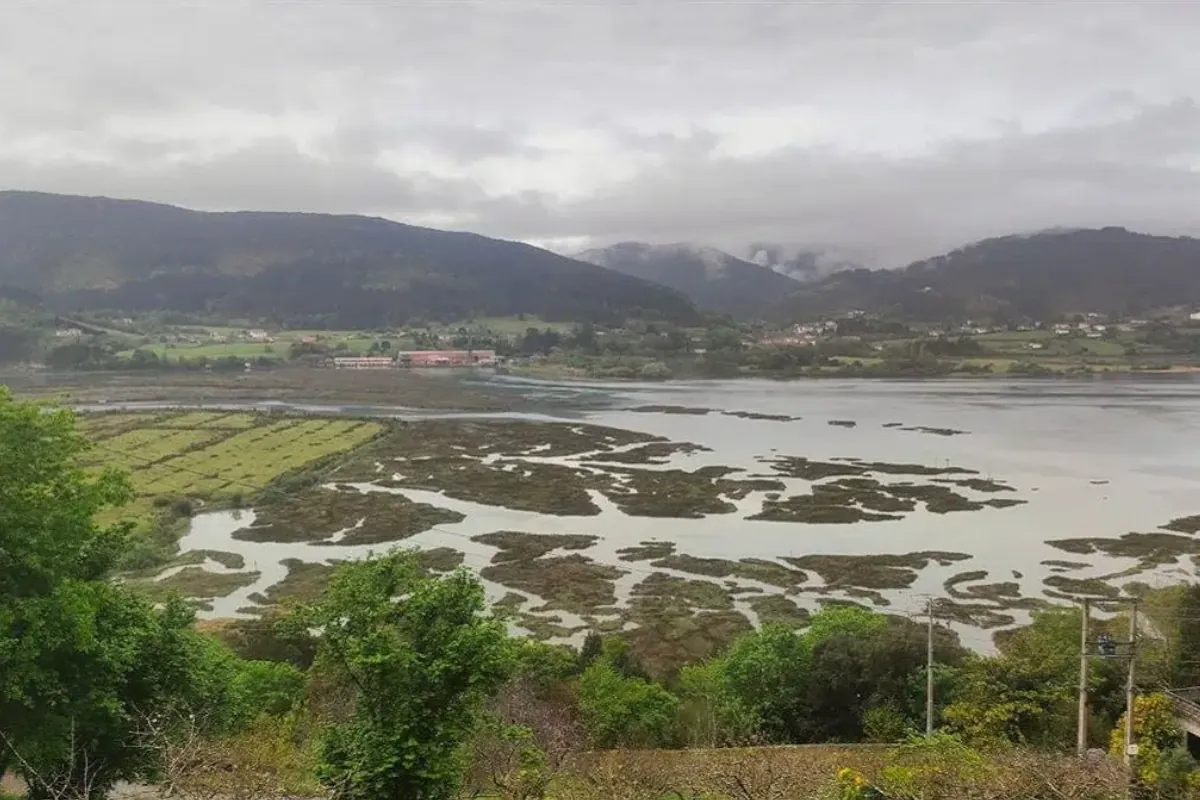Urdaibai is Already a Treasure: The Guggenheim Doesn’t Belong Here
The project for a second Guggenheim Museum site threatens the Urdaibai reserve in Bizkaia, a natural space of incalculable value. We have filed an appeal against the ministerial decision to reduce the size of the protected coastal area. As it stands, this project should not be given the go ahead.
Anyone might think that the concepts of “nature” and “culture,” far from being in opposition, should in principle be complementary. However, this is not the case for those seeking to launch a new project to build a second Guggenheim Museum site in the Urdaibai Biosphere Reserve.
Using culture as a shield, the project aims to occupy more than 61,000 square meters in an area that enjoys numerous forms of international protection. Urdaibai is designated as a Biosphere Reserve. The Oka River estuary is part of the international Ramsar Convention on Wetlands. The Mundaka-Gernika estuary is classified as a Wetland of International Importance, and Murueta is part of the Natura 2000 Network. All these designations entail an obligation to maintain a high level of conservation in the area for all authorities with jurisdiction over it—but it seems they have agreed to do just the opposite.
The most striking aspect of all this is the stance of the Ministry for Ecological Transition and Demographic Challenge (MITECO). Through a ministerial order, it has reduced the coastal protection buffer from 100 meters to 20 meters. This constitutes a violation of the Coastal Law and a serious abuse of power, as the Ministry is acting contrary to its own objectives of protecting nature and advancing the ecological transition. Not only is it failing to do this, it is also allowing the supposedly inactive Murueta Shipyards to evade their responsibility for land recovery and paying for decontamination.
“The most striking aspect of all this is the stance of the Ministry for Ecological Transition and Demographic Challenge, which through a ministerial order, has reduced the coastal protection buffer from 100 meters to 20 meters.”
The impacts that constructing this museum will have directly on the protected habitats of the area and the Urdaibai estuary itself are enormous. Moreover, it must be considered that once built, increased tourism will put even more pressure on the Biosphere Reserve. Urdaibai is already an area that experiences water supply problems in the summer. Attracting 140,000 new visitors to the area, as the project’s promoters claim, will only make the situation worse.
All these reasons have led us to file an appeal against the ministry’s decision. We firmly believe that this project, as it currently stands, should not be given the go-ahead.
We hope the ministry will reverse its decision and withdraw this ministerial order that violates the Coastal Law. Urdaibai has the same environmental value as Doñana and deserves its protection to be respected. We have very little coastline left in such an exceptional state of conservation. The authorities and the justice system have a duty to protect it.



